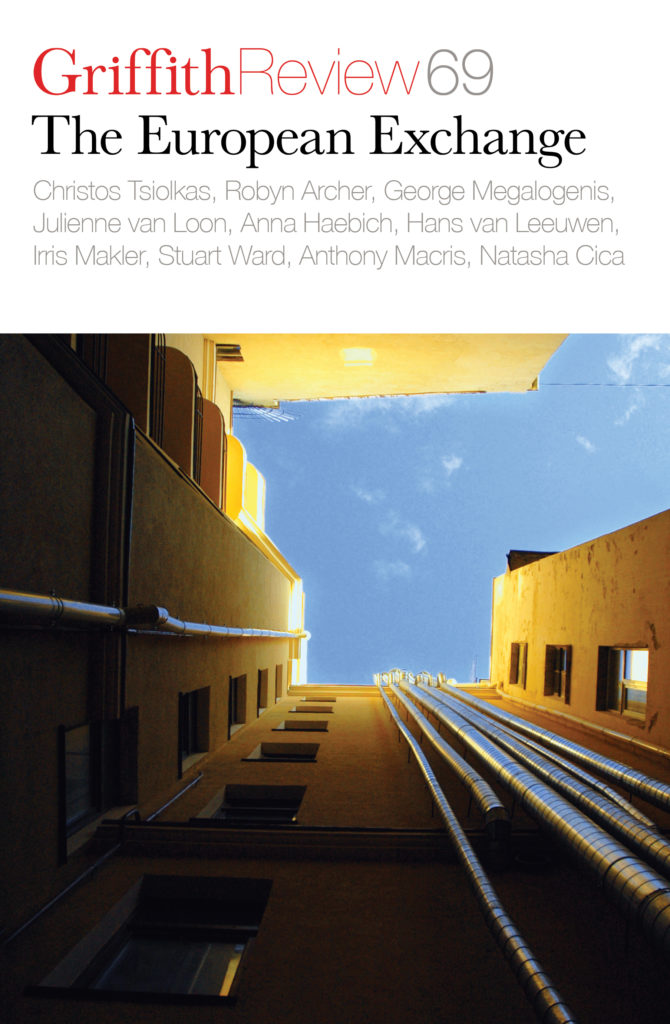Memory and migration
Narratives of the European diaspora in Australia
Featured in

- Published 20200804
- ISBN: 978-1-922212-50-4
- Extent: 304pp
- Paperback (234 x 153mm), eBook

Already a subscriber? Sign in here
If you are an educator or student wishing to access content for study purposes please contact us at griffithreview@griffith.edu.au
Share article
About the author

Katarzyna Kwapisz Williams
Katarzyna Kwapisz Williams is deputy director of the Centre for European Studies at the Australian National University. She has published extensively on European diasporic...
More from this edition

Wheat, wages and weapons
Essay TWELVE KILOMETRES WEST of Melbourne’s central business district lies Sunshine, a growing urban centre that once housed Australia’s largest manufacturing industry. [i] Sunshine’s history...

Lords of the ring
Essay VIENNA’S RINGSTRASSE, BUILT from 1865 on the site of the old city wall, has long been derided for its architecture. Because it is a...

Mother-daughter trip
PoetryNana B and Zeide once ice-skated on a lake in the Carpathian Mountains in Poland. ‘I was made for Poland,’ says Mum, as Brisbane roils with heat....